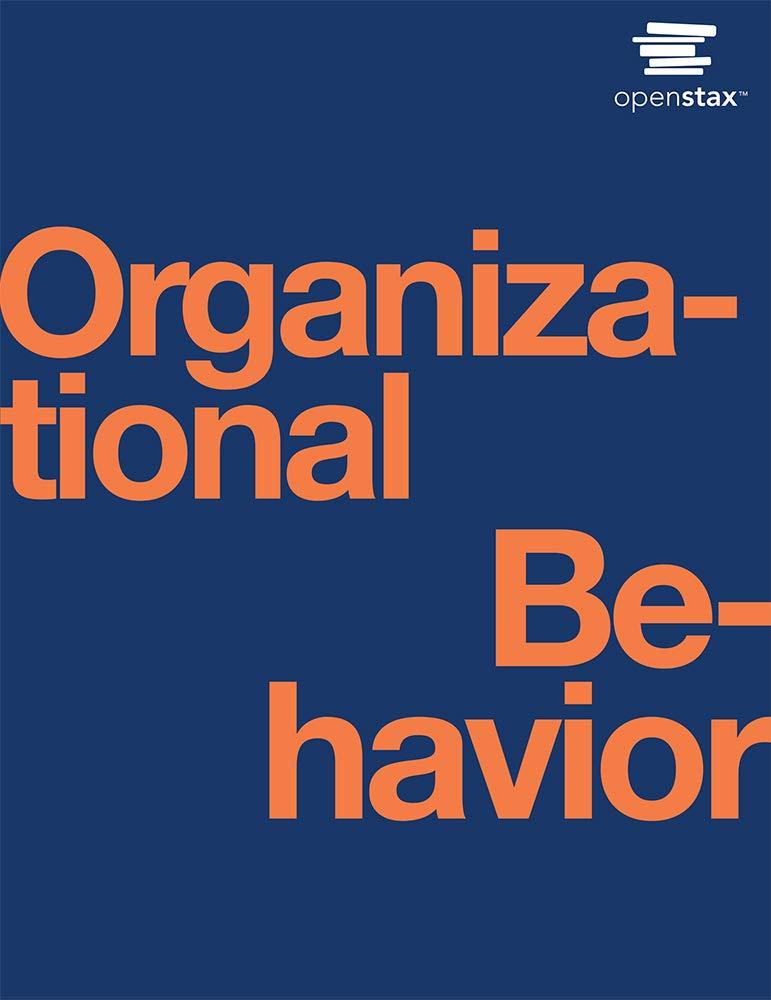Developing a strategy for a performance appraisal is an important step for any company, and keeping out
Question:
Developing a strategy for a performance appraisal is an important step for any company, and keeping out political bias is a main concern as well. Unfortunately, many times there is no way around bringing some bias into a performance appraisal situation. Managers often think of the impact that their review will have on the employee, how it will affect their relationship, and what it means for their career in the future. There are a lot of games played in the rating process and whether managers admit it or not, they may be guilty of playing them. Many companies, such as Adobe, are looking at ways that they can revamp the process to eliminate potential biases and make evaluations fairer. In 2012, Adobe transformed its business, changing its product cycle; while undergoing process changes, Adobe understood that there needed to be a cultural shift as well. It announced the “Check-in” review process to allow for faster feedback, as well as an end to their outdated annual review process. With the faster-paced reality of their product cycles and subscription-based model in technology, this made complete sense.
This process established a new way of thinking, allowing for two-way communication to become the norm between managers and employees. They were able to have frequent candid conversations, approaching the tough subjects in order make improvements rather than waiting until an annual review and letting bad performance go unchecked or good performance go unnoticed. Eliminating a once-a year cycle of review also eliminates the issue of politics creeping into the process. Managers are able to think critically about the performance, working alongside their employees to better the outcome rather than worrying about having a tough conversation and the bad result that may follow—and having to live with the fallout. Employees also are given chances to provide feedback and their own personal evaluation, which then is discussed with the manager. They review the items together, and what is formally submitted is agreed upon, rather than set in stone. The addition of the employee feedback is another great way to reduce the insertion of politics or bias in the review.
In result of this change, Adobe’s employees showed higher engagement and satisfaction with their work, consistently improving. They no longer had negative surprises in their annual review and were able to adjust priorities and behaviors to become more effective workers.
Questions:
1. What are important considerations to eliminate potential political bias in a performance review?
2. Why was Adobe successful in the changes that they implemented in their performance review process?
3. What other positive outcomes could be achieved from an ongoing feedback model versus annual performance review?
Step by Step Answer:






